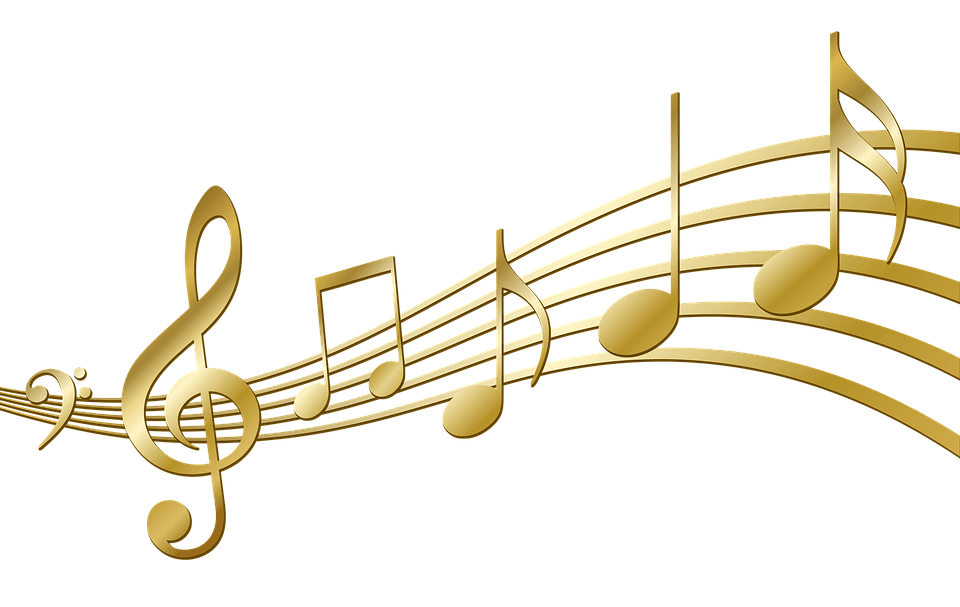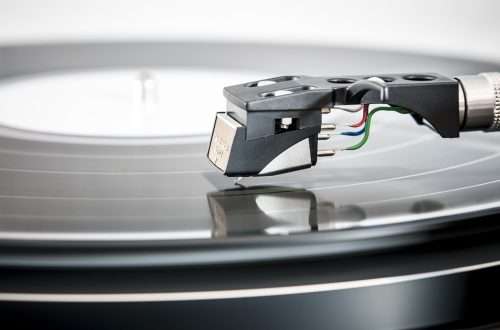
Treble clef

Musical notation is used to communicate between musicians, i.e. music notation. Thanks to it, musicians playing in one band or orchestra, even from the most distant corners of the world, will be able to communicate with each other without any problems.
The staff is the basis of this musical language on which notes are written. Due to the large span in terms of scale and for greater clarity, individual music keys are used. This is dictated, among other things, by the fact that there is a large number of musical instruments that can be very varied in terms of not only sound, but also the pitch of the sounds produced. Some will have a very low sound, such as a double bass, while others will have a very high sound, such as a recorder, transverse flute. For this reason, for such a certain ordering in the score, several musical keys are used. Thanks to this solution, we can significantly limit the addition of top and bottom lines when writing notes on a staff. In fact, no more than four added lower and upper ones are used. If, on the other hand, we were to use only one key, there would have to be many more of these added staffs. Of course, to solve this problem, additional markings are also used, informing the musician that we are playing certain sounds, e.g. one octave higher. However, apart from the fact that it is easier for us to write particular notes on a staff, a given key informs us on which instrument the given notes are written. It is also very important in the case of orchestral scores, where musical lines for a few or even a dozen or so instruments are noted.

Treble clef, violin clef or clef (g)?
One of the most frequently used musical clefs is the treble clef, the second name of which in circulation is the violin or the (g) clef. Each of the musical keys is written at the beginning of each staff. The treble clef is most used in noting notes intended for the human voice (especially for the high registers) and for the right hand of keyboard instruments such as the piano, organ or accordion.
In the treble clef we also write notes intended for the violin or flute. It is generally used when recording high-pitched instruments. We start its notation with the second line on which the note (g) is placed, which also gives the note one of its names referring to this clef. And that’s why music key it is a kind of reference by which the player knows what notes are on the staff.

As we mentioned above, the so-called treble clef. (g) we start to write from the second line and the sound (g) will be on the second line of our staff (counting from the bottom). Thanks to this, I know that between the second and third line, i.e. the so-called in the second field we will have the sound a, while on the third line we will have the sound (h). The sound (c) is in the third field, that is, between the third and fourth lines. Going down from the sound (g), we know that in the first field, i.e. between the first and second line, we will have sound (f), and on the first line we will have sound (e). As it is easy to see, the key is determined by the basic sound, the so-called key, from which we count the next notes placed on the staff.
The entire sheet music is a wonderful invention that is a great convenience for musicians. One has to be aware, however, that the form of modern musical notation has developed over many centuries. In the past, for example, there were no musical keys at all, and the staff we know well today did not have five lines. Centuries ago, the notation was very indicative and only basically indicated the direction whether a given melody should go up or down. It was not until the XNUMXth and XNUMXth centuries that the musical notation began to take shape, which corresponds to the one we know today. The treble clef was one of the first and others began to be invented on its basis.





